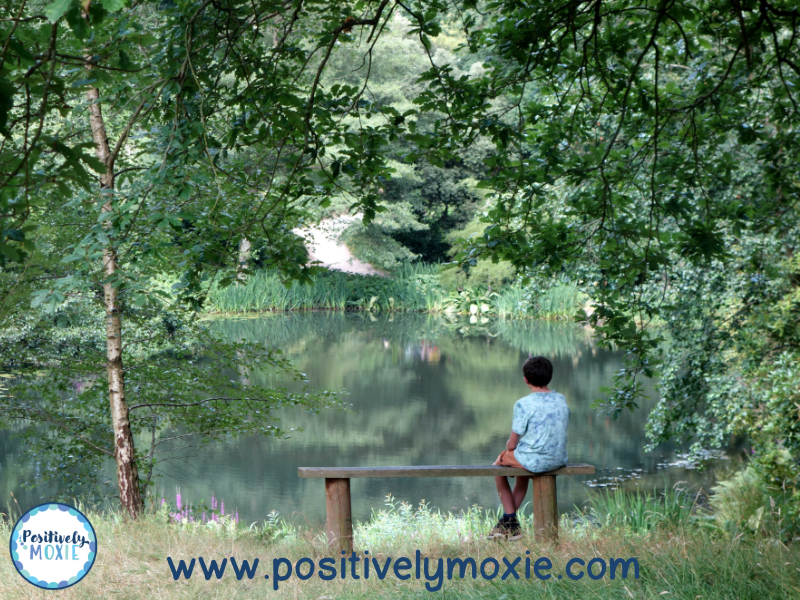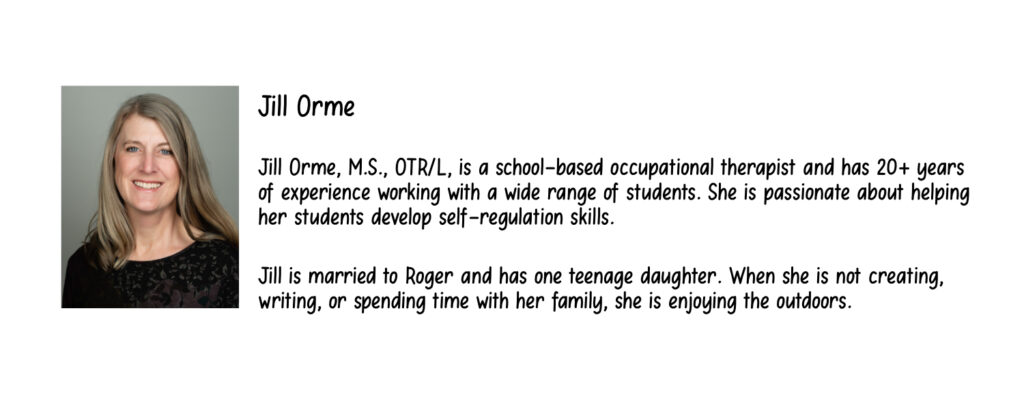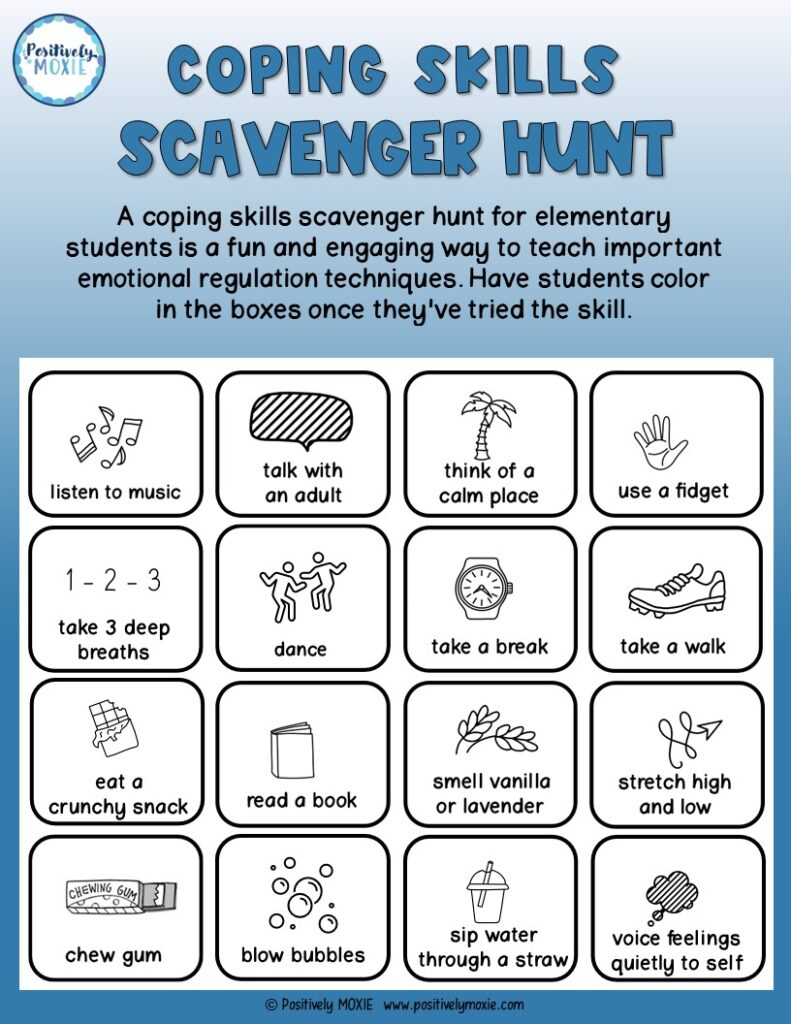Creative Ways to Make Coping Skills Fun for Young Students

Teaching coping skills to elementary school students is a crucial aspect of their emotional and social development. As teachers, you play a vital role in helping your students build resilience and manage the ups and downs of life effectively. In this guide, we’ll explore various strategies and techniques to teach coping skills to elementary school students, creating a supportive and nurturing classroom environment.
Role Modeling
Model healthy coping skills and emotional regulation in your interactions with students.
Share personal anecdotes of how you cope with stress and challenges.
Consistency and Reinforcement
Consistently reinforce coping skills in daily routines and activities.
Celebrate students’ efforts and successes in applying these skills.
Create a Safe and Supportive Classroom Environment
Foster open communication and trust by listening actively to your students.
Encourage students to express their feelings and thoughts without judgment.
Mindful Breathing Techniques
Introduce simple deep breathing exercises to help students calm down when they’re upset or anxious.
Practice these techniques during relaxation exercises or mindfulness sessions.
Positive Self-Talk
Teach students to replace negative thoughts with positive affirmations.
Encourage them to challenge self-doubt and negative self-perceptions.
Problem-Solving Skills
Guide students through a step-by-step problem-solving process.
Use real-life scenarios or classroom situations to practice problem-solving together.
Understand the Importance of Coping Skills
Explain why coping skills are essential, emphasizing their role in managing stress, anxiety, and difficult emotions.
Share real-life examples to help students relate to the concept of coping.
Stress Management
Discuss common stressors in a child’s life and explore healthy ways to manage stress.
Share stress-relief techniques like coloring, listening to music, or taking short breaks.
Mindfulness and Relaxation
Introduce mindfulness exercises, such as mindful breathing or body scans.
Create a calming corner in the classroom where students can relax and refocus.
Social Skills
Teach effective communication, conflict resolution, and empathy.
Help students build positive relationships with peers, fostering emotional support.
Teach Identifying Emotions
Use emotion cards or charts to help students recognize and label their emotions.
Discuss how different emotions feel physically and mentally.
Encourage students to create their coping strategies by working through a coping skills workbook.
Teaching coping skills to young students is essential for their emotional well-being and overall development. However, getting kids excited about learning these skills can be a challenge. As elementary school teachers, you know that making lessons engaging and fun is the key to capturing their attention. Below are creative ways to make coping skills fun for young students, helping them build resilience and emotional intelligence while having a blast.
- Role-Playing Scenarios. Set up scenarios where students can role-play different emotional situations. This helps them practice coping skills in a controlled environment and gain confidence in handling real-life challenges.
- Outdoor Nature Walks. Sometimes, a change of scenery can do wonders for emotional well-being. Take your class on nature walks and encourage them to observe the natural world around them. This can be a great opportunity to discuss nature’s calming effects and the importance of taking breaks.
- Storytelling Adventures. Young children love stories, and you can use this to your advantage. Create engaging narratives where characters face various emotional challenges and use coping skills to overcome them. As a class, discuss these stories and the coping strategies, encouraging students to share their thoughts and ideas.
- Mindful Art Activities. Art is a fantastic outlet for emotions. Incorporate mindfulness into art projects by having students create calming and expressive artworks. For example, you can teach them how to make calming jars or create “emotional art” where they paint or draw their feelings.
- Puppet Play. Puppets can be excellent tools for teaching coping skills. Encourage students to create puppets and act out scenarios where the characters experience different emotions. This interactive approach helps them explore emotions and coping techniques in a playful way.
- Coping Skills Scavenger Hunt. This scavenger hunt card contains different coping strategies, such as deep breathing, talking to a friend, or drawing. When students feel stressed or upset, they can go on a “Coping Skills Scavenger Hunt” to find a helpful strategy that resonates with them.
- Emotion-Themed Books and Activities. Incorporate age-appropriate books and activities that explore emotions and coping skills into your curriculum. After reading a story, discuss the characters’ emotions and the strategies they used to cope. In addition, if your students struggle with anxiety and worry, check out this book list from A Mighty Girl.
- Breathing Exercises Through Play. Teaching deep breathing techniques is crucial for managing stress and anxiety. Turn this into a game by using props like bubbles or pinwheels. Inhale and exhale together as a class, making it a fun and relaxing group activity.
- Emotions Charades. Adapt the classic game of charades to focus on emotions. Write down feelings on paper and have students act them out without using words. This helps them understand and express emotions while having a blast.
- Feelings Journals. Encourage students to keep feelings journals. They can draw pictures, write sentences, or use stickers to express their feelings daily. This practice helps them develop self-awareness and provides an opportunity for discussion.
Teaching young students coping skills can be enjoyable and effective when you make it fun and engaging. Creating a safe and supportive classroom environment, teaching emotional awareness, and providing practical coping strategies empower your students to navigate challenges confidently and resiliently. Your role as a teacher goes beyond academics; you are also a source of emotional guidance and support for the young minds in your care. Incorporating these creative approaches into your classroom will help students develop essential emotional intelligence and create a positive and nurturing learning environment. Together, you can help them build a strong foundation for emotional well-being that will benefit them throughout their lives.



